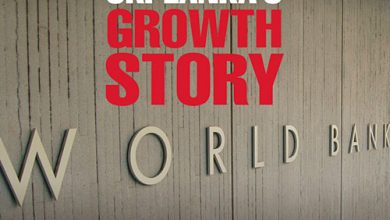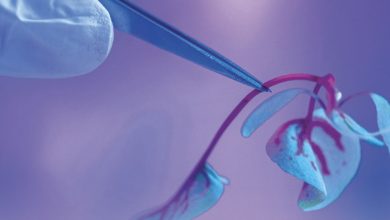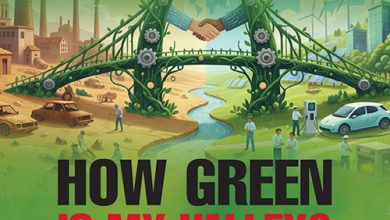AGRICULTURE SECTOR
SMART FARMING REVOLUTION
Akila Wijerathna explains how technology is adding value to food production

Agriculture is currently undergoing significant transformation due to rapid technological advancements. The integration of cutting-edge technology is reshaping traditional farming methods, and resulting in increased efficiency, sustainability and productivity.
With the world’s population expected to reach 9.7 billion by 2050, the agriculture sector is under immense pressure to produce more food with less resources. And the adoption of technologies such as precision farming, IoT, robotics, AI, biotechnology and controlled environment agriculture (CEA) is enabling it to meet these challenges head-on.
Precision farming is at the forefront of this transformation. By using GPS technology, geographic information systems (GIS) and variable rate technology (VRT), farmers can optimise the use of resources such as water, fertiliser and pesticides. This data driven approach enables the precise management of inputs, reduction of waste and enhancement of crop yields. Drones, satellites and sensors play a crucial role in monitoring crop health and soil conditions in real time.
The Internet of Things has introduced the concept of smart farming by connecting devices and sensors to the internet, and enabling real-time monitoring of agricultural processes. Smart sensors monitor soil moisture and nutrient levels while livestock monitoring systems help farmers optimise herd management.
Additionally, automated systems in greenhouses regulate temperature, humidity and light. The integration of IoT in farming enhances precision, reduces the margin for human error and improves overall productivity.
Robotics and automation are reducing the reliance on human labour in agriculture. Today, autonomous tractors and machinery can plough, plant and harvest crops with a high level of precision, greatly reducing labour costs. Robotic harvesters are capable of reducing crop damage and minimising waste.
In livestock farming, automated milking systems also monitor the quality of milk and animal health indicators.
AI and machine learning are revolutionising data driven decision making in agriculture. AI powered algorithms can analyse historical data to predict crop yields so that farmers can plan their planting schedules more effectively and allocate resources efficiently.
Machine learning models are also used for early detection of pests and disease. And AI is optimising the agricultural supply chain by analysing market trends, weather patterns and logistics, to reduce waste and improve delivery times.
Advances in biotechnology and genetic engineering are producing more resilient and productive crops. Genetically modified organisms (GMOs) have been instrumental in developing crops that are resistant to pests, drought and disease. They increase yields and reduce the need for chemical inputs.
CRISPR gene editing enables precise modifications to plant genomes that expedite the development of desired traits such as improved nutrient content and stress tolerance. These innovations coupled with synthetic biology are paving the way for new agricultural systems that rely less on external inputs such as fertilisers and pesticides.
Vertical farming and CEA are transforming food production in urban areas and regions with limited arable land. Through artificial lighting and climate control, year-round crop production is possible in any location.
Systems such as hydroponics and aeroponics are more efficient than traditional farming, because they use much less water and eliminate the need for soil. Urban farms bring food production closer to consumers, and reduce transportation costs and environmental impacts.
Meanwhile, blockchain technology is increasing transparency and traceability in the agricultural supply chain by allowing consumers to trace the origin of food products, and verify their quality and safety.
Smart contracts automate transactions and agreements between farmers, suppliers and retailers, by improving efficiency and reducing fraud. Blockchain also ensures that fair trade practices are followed to create more ethical and sustainable supply chains.
What’s more, renewable energy is transforming agriculture with farms increasingly adopting solar and wind energy, to power machinery and irrigation systems. Solar powered equipment reduces energy costs while wind turbines on farms provide a sustainable source of electricity.
In some cases, farmers are cultivating bioenergy crops specifically for biofuel production.
They create additional revenue streams while reducing dependence on fossil fuels.
Technology is revolutionising the agriculture sector by making it more efficient and sustainable, and capable of meeting the challenges of the 21st century. Precision farming, IoT, robotics, AI, biotechnology and controlled environment agriculture are all playing a pivotal role in transforming how food is produced, processed and distributed.





